By | May 14, 2017 07:00am ET
-

Credit: NASA
The Week’s Top Space Stories
A scientist discusses how to die on Mars, a telescope spots lava waves on Io, and NASA officials talk about a yearlong crewed mission around the moon. Here are our favorite space stories from the past week.
-

Credit: NASA, J. Bell (Cornell U.) and M. Wolff (SSI)
How to die on Mars
-

Credit: Courtesy of University of Alaska
On the way to a 3D-printed space house
NASA has awarded $100,000 to two engineering teams as part of a competition to design a 3D-printed space habitat made from materials that will be available in space. The next phase of the competition offers a winning prize of $1.1 million. [Full Story: NASA Awards $100,000 in 3D-Printing Habitat Competition ] -

Credit: Planetary Habitability Laboratory, University of Puerto Rico at Arecibo
Life among the stars
A mission that aims to accelerate very small probes to 20 percent the speed of light and send them to the star system nearest to Earth’s sun could also test the idea that life-forms can spread through the universe by hitching a ride on meteorites. If the space probes are carrying microbes from Earth, scientists could find out if the little critters can survive the long journey through space. [Full Story: Life Among the Stars? Tiny Interstellar Probes May Test ‘Panspermia’ Idea ] -

Credit: NASA/The Humans to Mars Summit
The moon before Mars
NASA has announced plans to send humans to Mars in the 2030s, but first, the agency may conduct a yearlong crewed orbital mission around the moon, agency officials said. The mission would allow the agency to test the vehicle that would carry astronauts to the Red Planet, and learn more about problems that could arise during a Mars mission. [Full Story: NASA’s Mars Plan May Include Yearlong Mission to the Moon ] -

Credit: NASA
Catch the lava wave
A lake of molten lava on Jupiter’s volcanic moon Io appears to have waves moving across its surface. Swells of lava spreading across the surface of the lake, called Loki Patera, could help explain the periodic changes in brightness seen on the lake. [Full Story: Lava Waves Sweep Across Jupiter Moon Io’s Massive Molten Lake ] -

Credit: Fred Espenak/NASA’s Goddard Space Flight Center
Interview with a shadow chaser
Astrophysicist and eclipse expert Fred Espenak, also known as Mr. Eclipse, has traveled the world chasing total solar eclipses and is gearing up for the Aug. 21 total solar eclipse that will cross the United States from coast to cast. This spectacular celestial event is a life-changing experience for many people, and Espenak talked to Space.com about why he dedicates so much of his life to observing these spectacles. [Full Story: Hooked on the Shadow: ‘Mr. Eclipse’ Shares Tips for the 2017 Total Solar Eclipse ] -

Credit: NASA/JHUAPL/SwRI
Back to Pluto?
A workshop held last month brought together three dozen scientists to discuss the possibility of sending a probe to orbit Pluto. After the success of the New Horizons mission to the solar system’s former planet, which revealed that this distant world is far more complex than many people imagined, some scientists are eager to dive deeper into the Pluto system. [Full Story: Going Back to Pluto? Scientists to Push for Orbiter Mission ] -

Credit: Boom Supersonic
Supersonic passenger jet in the works
Billionaire entrepreneur Richard Branson is investing in a startup company that aims to make supersonic commercial airliners. The proposed jet would reach speeds of about 1,450 mph (2,340 km/h), which is faster than the retired supersonic Concorde jet. The company, called Boom Technology, said it plans to test a prototype of the jet in 2018. [Full Story: Boom! Supersonic Passenger Jet Coming by 2020 ]
of 10
of 10
of 10
of 10
of 10
of 10
of 10
of 10
of 10
of 10
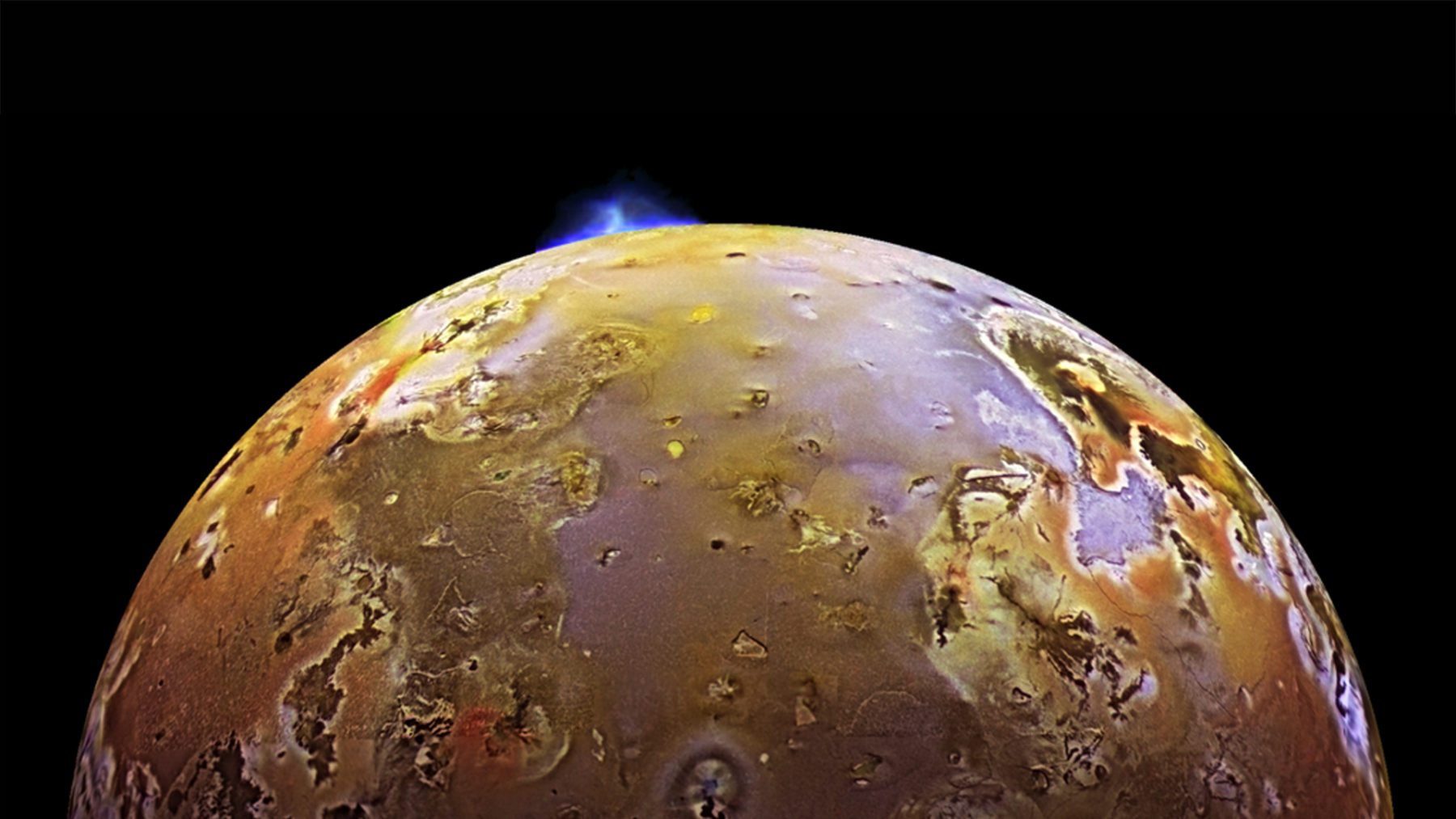
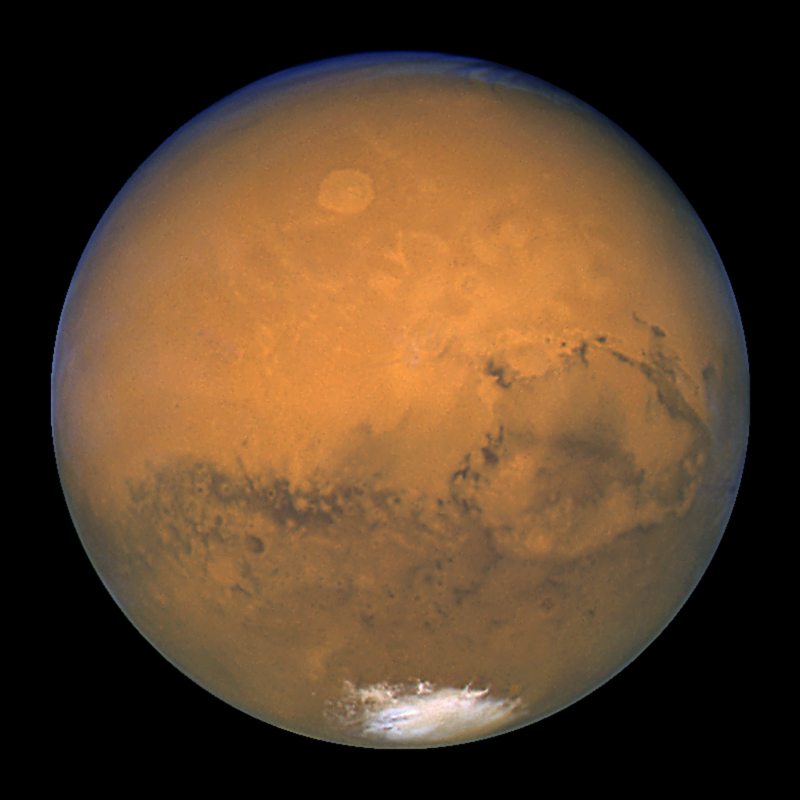
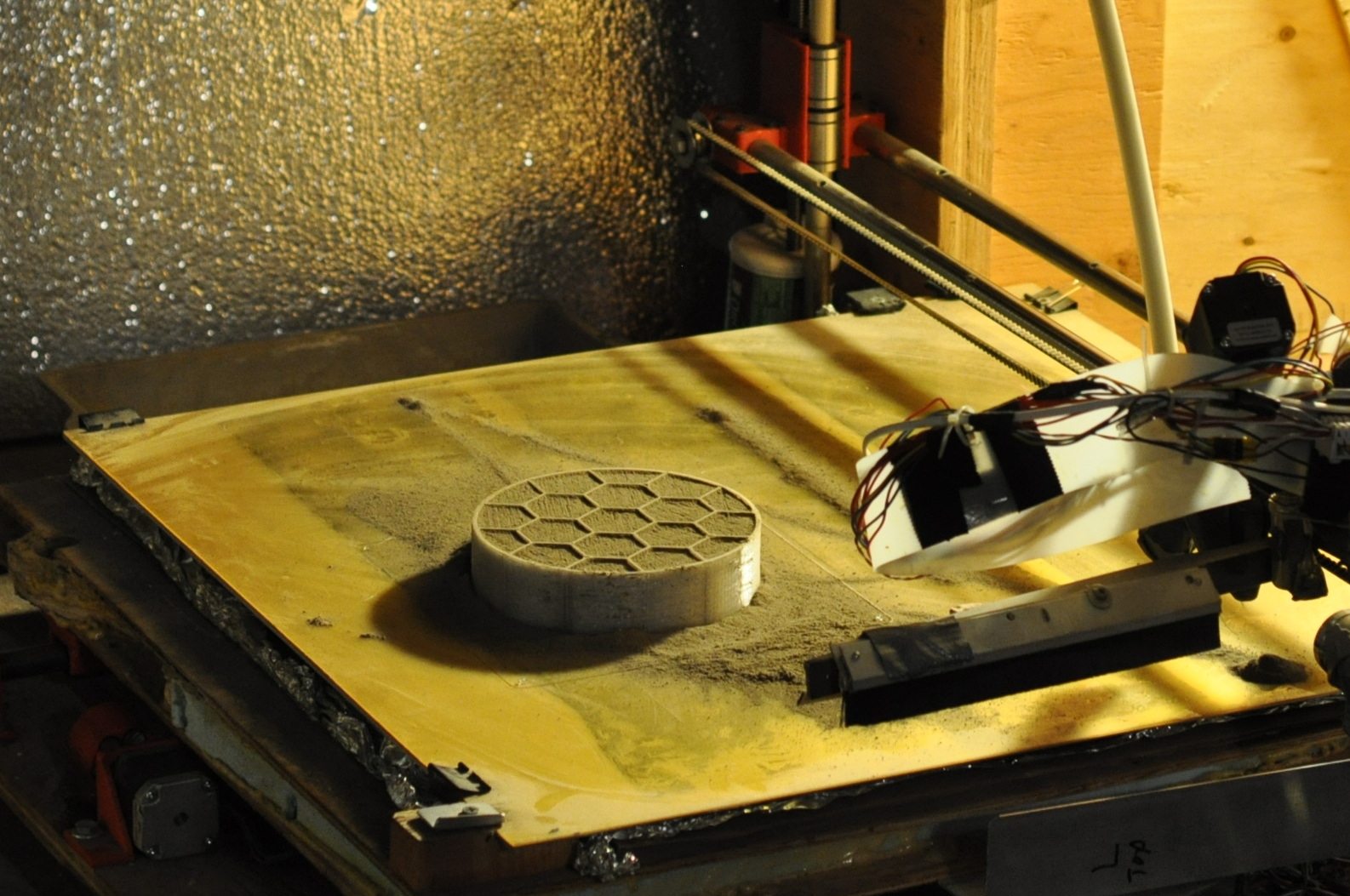
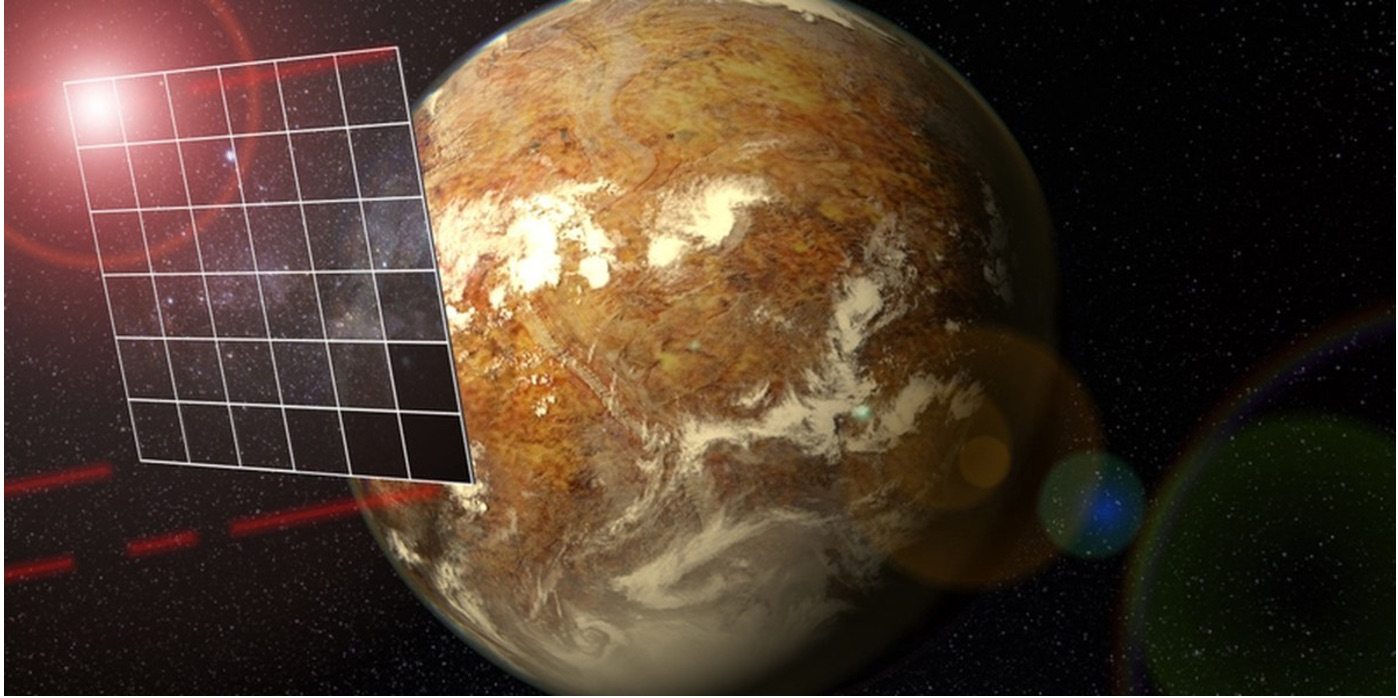
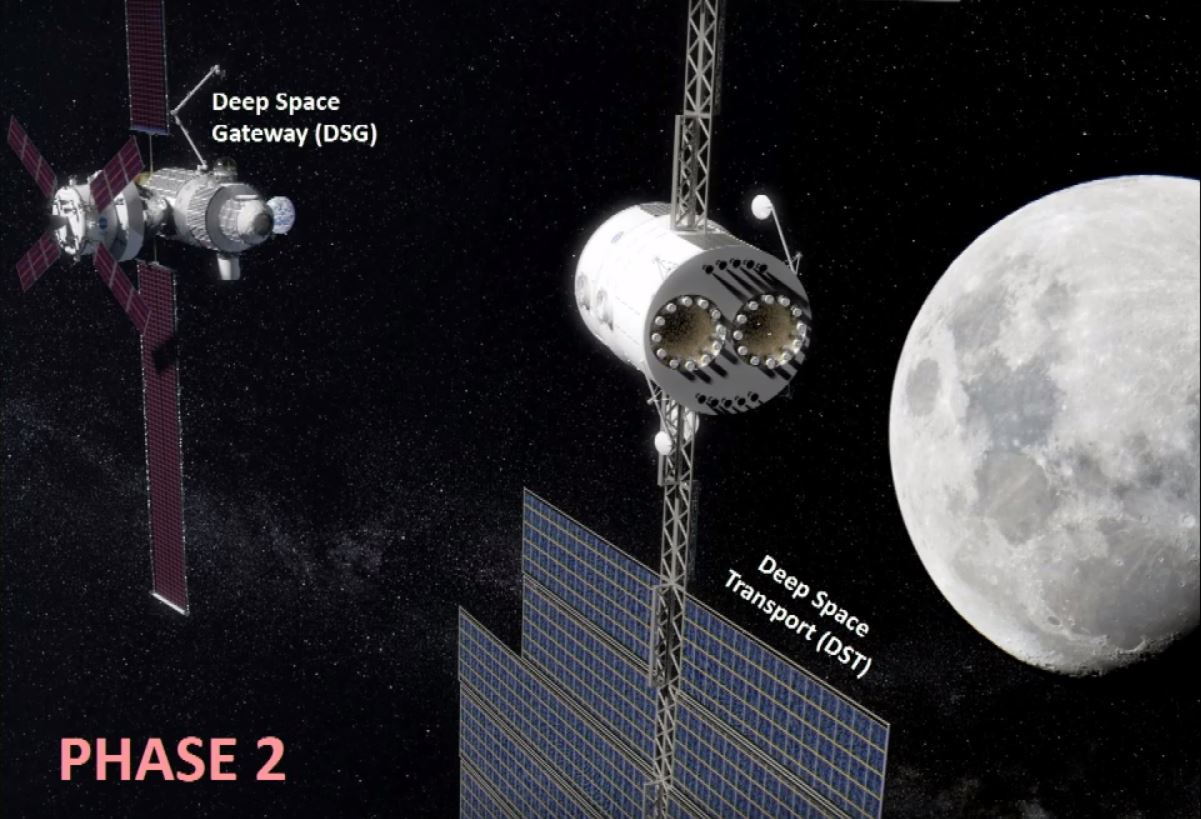
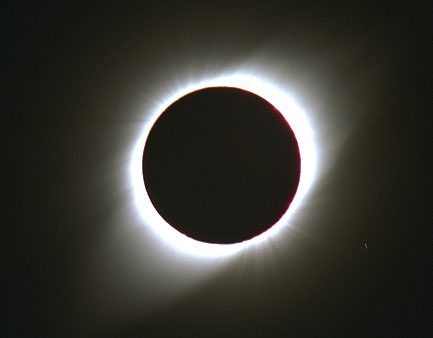
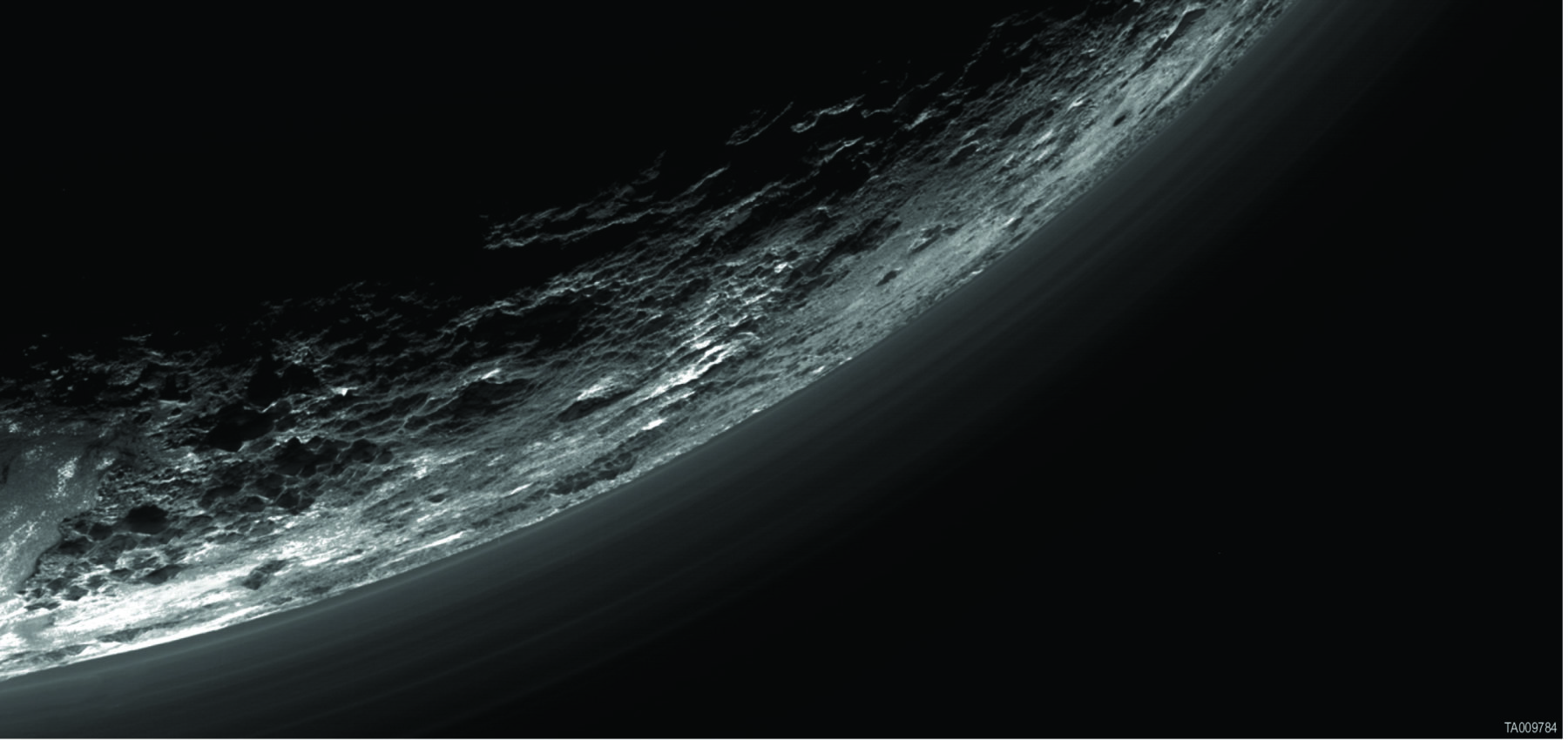
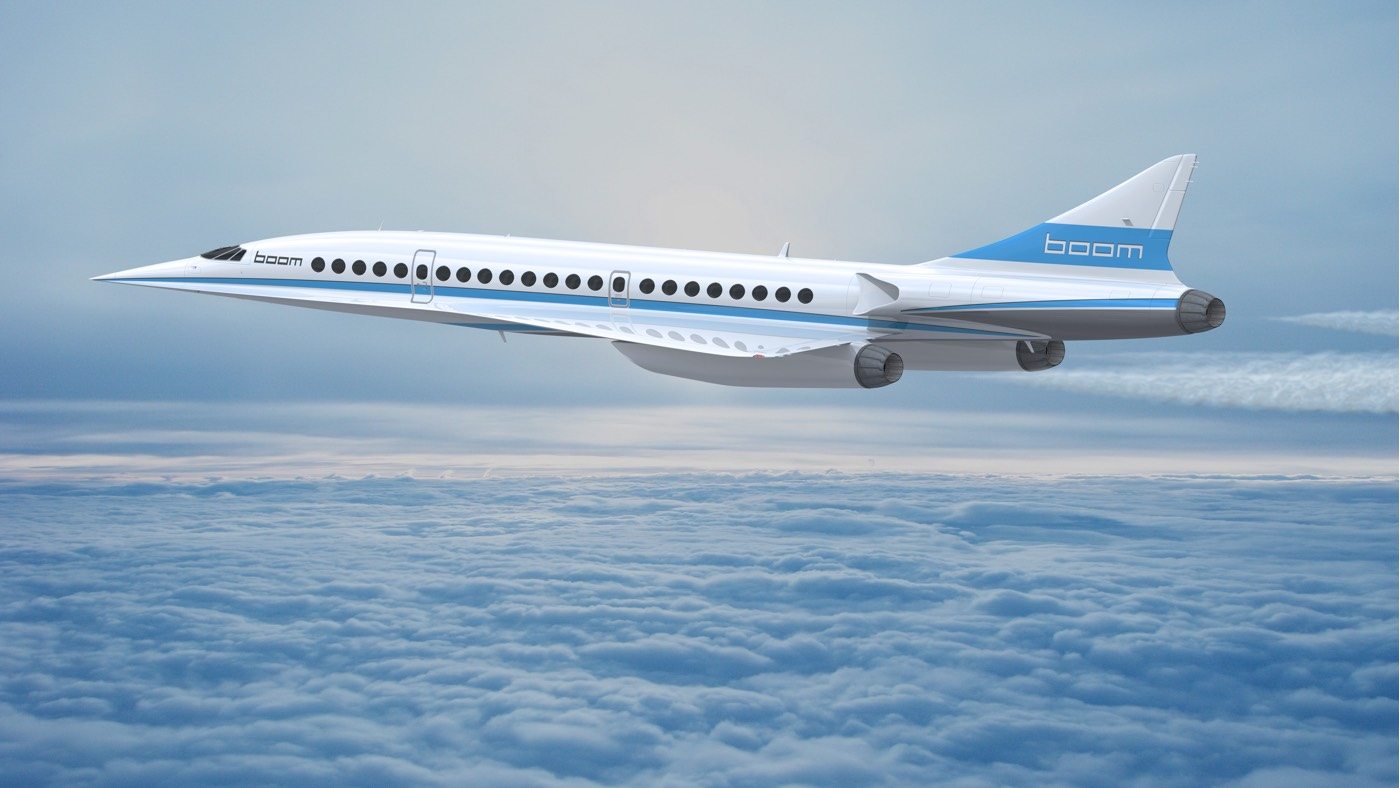
Comments are closed.